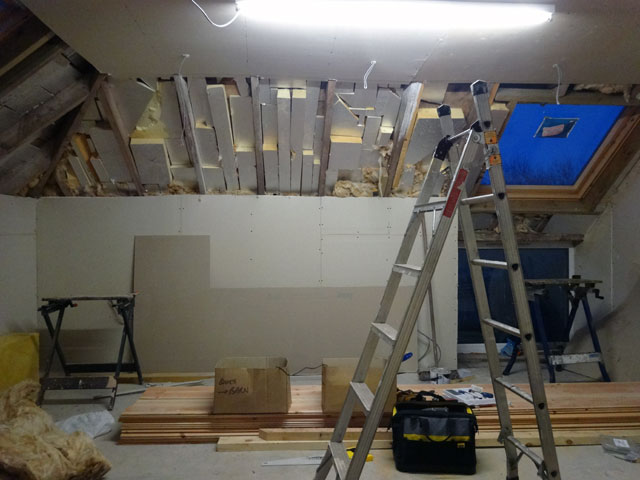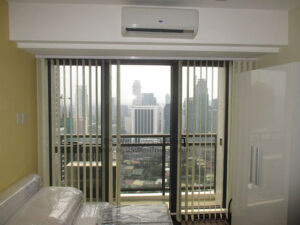Methods of External Basement Waterproofing

Basement waterproofing has actually ended up being progressively popular as property owners have looked to convert harsh basement rooms right into the living areas. Waterproofing strategies and also strategies can be grouped into two major categories: External and also Inner. In this write-up, we will certainly discover popular methods as well as methods of waterproofing cellar walls externally.
Why water-resistant your basement walls on the surface? Isn’t it real that inner waterproofing is a lot more popular and cheaper? Well normally speaking, yes. Inner approaches are incredibly popular as well as most of them can be very budget-friendly. Nevertheless, purely speaking internal basement waterproofing is not actually waterproofing in any way since you’re not preventing water from getting in the cellar walls. Rather, you’re devising techniques of dealing with the water once it does enter. On the other hand, when you water-proof your basement walls externally you are in fact preventing water from entering them in the first place. This is important since water is normally harmful to building products. Over time consistent water direct exposure breaks down the structure of any material even the mortar as well as a block of which the majority of structure walls are constructed.
So what can be done to the outside of your cellar walls? Well, exterior cellar waterproofing truly boils down to 2 types of techniques: drainage and also obstacles. There is additionally a 3rd technique referred to as diversion which can be thought of as a complement to drainage. Water drainage implies you’re setting up systems to drain water from the ground bordering the cellar. Taking into consideration that water complies with the path of least resistance, you’re offering the water a much easier course to comply with than to enter your structure walls. Diversion systems refer to the rain gutters as well as downspouts on your residence.

These systems are designed to draw away from that rainwater away from the ground surrounding the structure as well as consequently not place any type of undue concern on the drain system. Barrier systems include using a water-proof finish to the outdoors surface of your foundation wall surfaces. By doing this the percentage of ground moisture in contact with your cellar walls will still not go into since it can not penetrate the water-resistant barrier. All of the items, devices, as well as techniques readily available for outside basement waterproofing falls into one of these 3 classifications. Moreover, they are all a lot more reliable if employed in concert with one another.
Both barrier and drainage techniques have something alike. They both require significant excavation around the framework to expose the cellar walls. This excavation stands for the majority of the cost of outside waterproofing and also is possibly the largest factor most house owners choose interior services. Excavation is not just pricey yet it is disruptive and also dangerous. An inexperienced operator can actually damage your structure wall surfaces with an excavator. Excessive excavation at any kind of one factor can create shifts in your structure walls. Ultimately, there’s constantly a possibility that excavation can damage a below-ground energy line that was either improperly significant or just not known around. All of these opportunities can add considerably to the expense of the job. Despite the dangers and also costs connected with external waterproofing specialist singapore the benefits may still make it a worthwhile undertaking.
Exterior drain systems are generally described as footer drains pipes or floor tile drains. These systems are comprised of a channel that is dug around the boundary of the structure wall surfaces at a deepness simply below the wall surface footer. The network is filled with an accumulation, in other words, crushed rock. In the middle of the aggregate lies a pipeline. The pipeline has openings that permit liquid water to get in. As groundwater descends it locates little or no resistance to going into the trench due to the wealth of air spaces within the crushed rock (accumulation). Once in the trench, the water additionally quickly gets in the pipeline via the openings. The pipeline then causes a remote water drainage location such as a storm drain pipe or a natural groundwater drain path.



